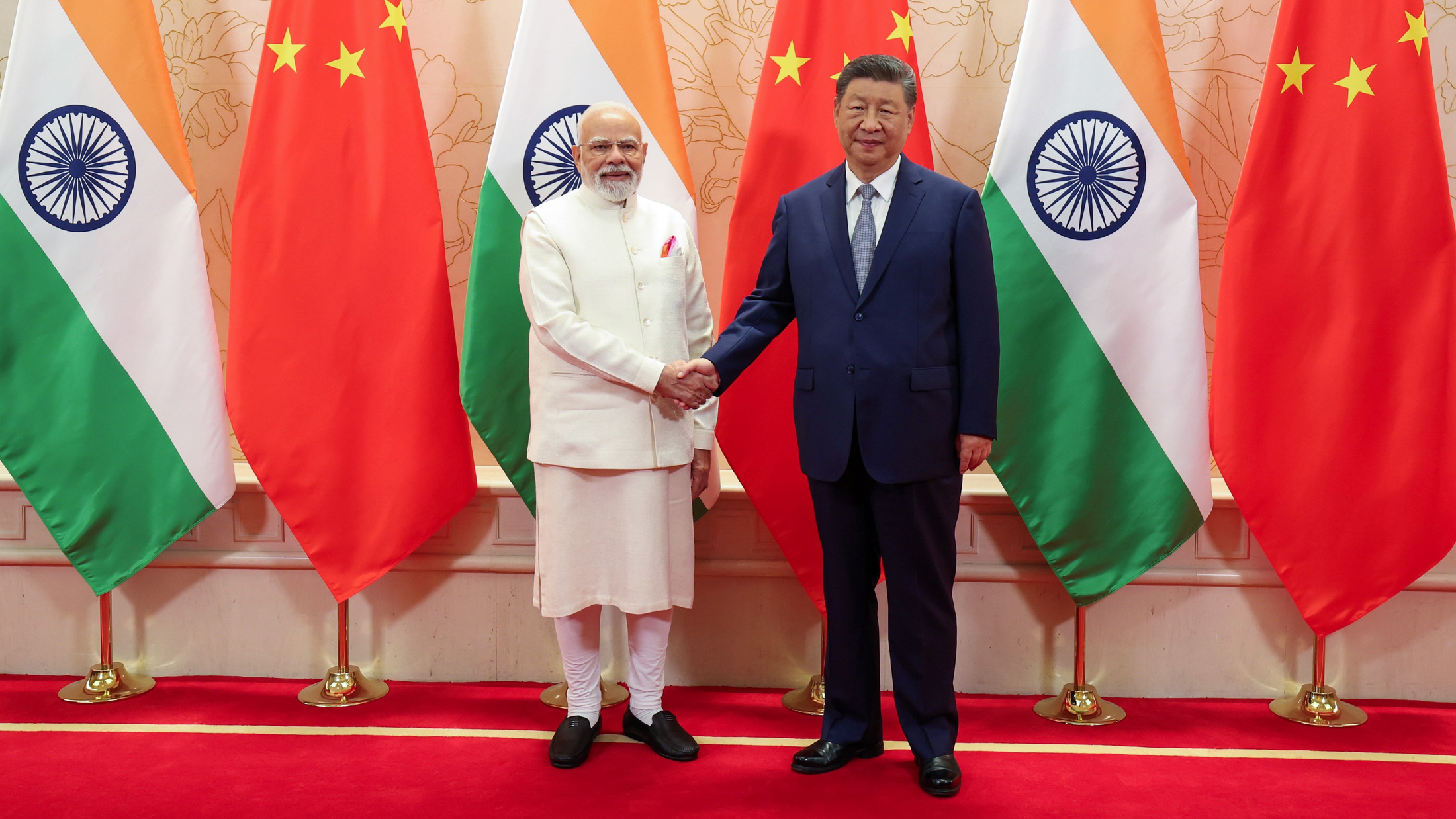

In a significant diplomatic development, Indian Prime Minister Narendra Modi and Chinese President Xi Jinping met on the sidelines of the Shanghai Cooperation Organisation (SCO) summit in Tianjin. The hour-long discussion signaled a deliberate effort to recalibrate a relationship historically defined by rivalry and mistrust. This meeting, however, is shaped by a powerful external force: a mounting trade war initiated by the United States. Facing significant tariff pressure from Washington, both New Delhi and Beijing are exploring a strategic alignment, turning a shared economic challenge into an opportunity for rapprochement. The carefully orchestrated meeting suggests that pragmatic economic interests may be starting to outweigh long-standing geopolitical friction.
During their talks, both leaders emphasized the need to guide the relationship with a renewed focus on mutual trust and respect. Prime Minister Modi highlighted recent positive steps, including the resumption of the Kailash Mansarovar Yatra and the restoration of direct flights, as tangible evidence of a thaw in relations. He stressed that the partnership between the two nations, representing a combined population of 2.8 billion people, holds immense potential for regional and global welfare. The Prime Minister also reiterated India's commitment to strategic autonomy, suggesting the relationship should not be viewed through the prism of any third country—a clear reference to the United States.
President Xi echoed these sentiments, referring to India as a "vital friend" and urging both nations to approach their ties from a long-term perspective. In a crucial statement, he asserted that the contentious border issue should not be allowed to define the entirety of the China-India relationship. Using the powerful metaphor of the "Dragon and the Elephant," Xi called for the two ancient civilizations to come together as partners rather than rivals. This messaging indicates a shared desire to compartmentalize their disputes, allowing for progress on economic and strategic fronts while continuing managing their differences through established diplomatic channels.
The timing of this diplomatic warming is no coincidence. It comes seven years after Prime Minister Modi's last visit to China and follows a period of severe tension, including the 2017 Doklam standoff and the deadly 2020 Galwan Valley clashes. The primary catalyst for this shift is the aggressive trade policy of the United States under President Donald Trump. Punishing tariffs imposed on both Indian and Chinese goods have created a shared economic adversary, pushing the two Asian giants toward closer cooperation. Beijing has openly condemned the US tariffs on Indian exports, positioning itself as an ally against what it terms American "bullying."
This economic pressure has provided New Delhi with a fresh incentive to ease tensions with its powerful neighbour. As relations with Washington have soured over trade disputes and India's continued purchase of Russian oil, China has emerged as a viable source of investment, technology, and expanded trade. The meeting in Tianjin, which will be followed by a discussion between Prime Minister Modi and Russian President Vladimir Putin, underscores a broader realignment among powers feeling the strain of American economic policies. This evolving dynamic is upending the long-standing American diplomatic strategy of positioning India as a strategic counterweight to China's influence in the region.
While the handshake in Tianjin represents a significant step forward, the path to a stable and trusting relationship remains complex. Decades of mutual suspicion, fueled by border disputes and strategic competition, will not disappear overnight. However, the meeting demonstrates a clear recognition from both leaderships that in the current global climate, cooperation offers more benefits than confrontation. By focusing on shared challenges like fair trade and regional security, India and China are cautiously exploring a new chapter in their relationship, one driven by pragmatic necessity and a shared vision for a multipolar world.
Cautious Rapprochement: Despite the positive overtures, deep-seated historical mistrust from conflicts like the Doklam and Galwan standoffs means the path to a stable partnership remains challenging and will require sustained diplomatic effort.